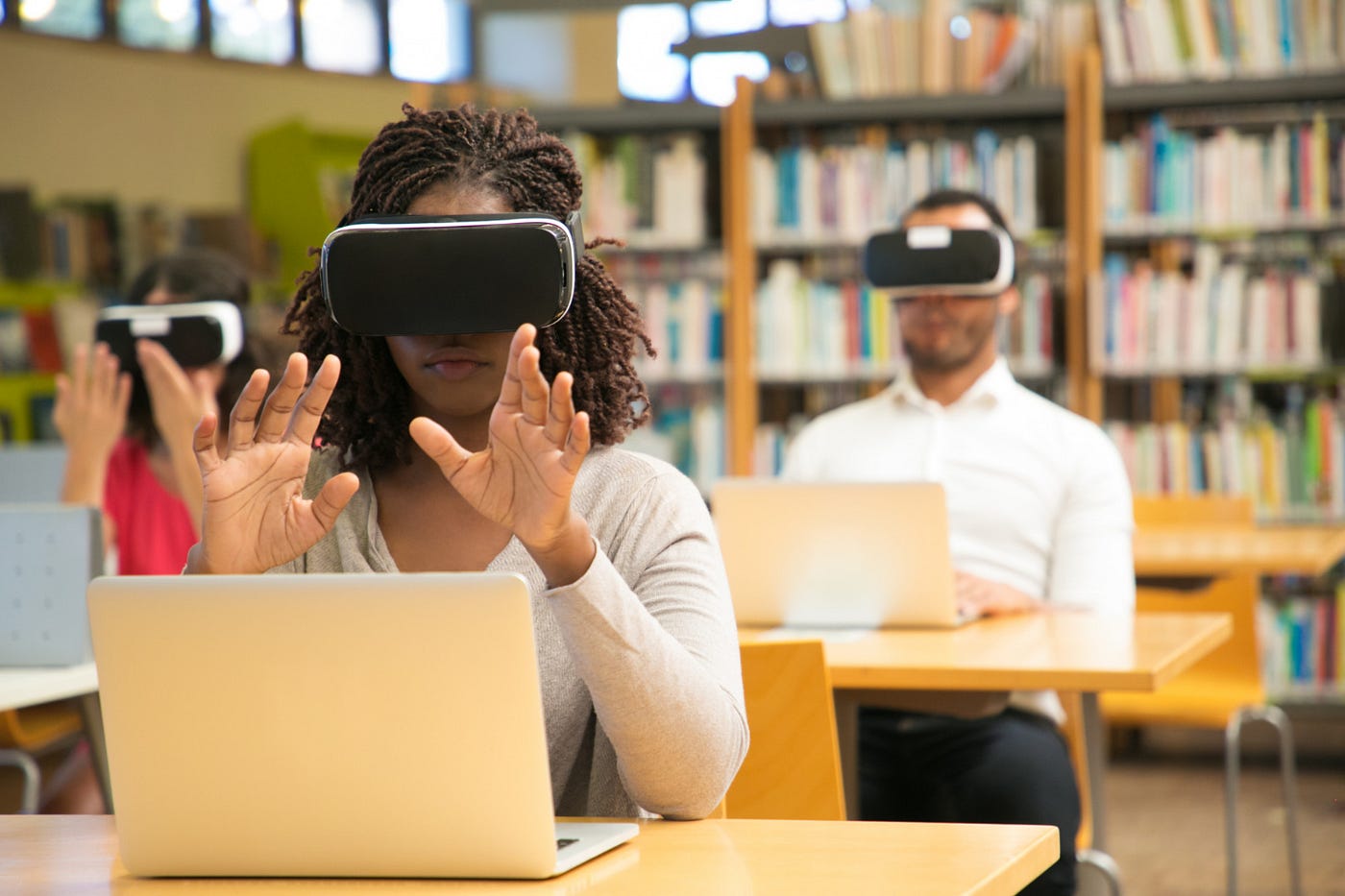theculpritandthecure.com – Virtual reality (VR) is transforming the way we interact with digital content, offering immersive experiences that were once the stuff of science fiction. As technology advances, VR is becoming a significant frontier in computing, with applications that extend far beyond gaming. This article explores the current state of virtual reality, its potential, and the challenges it faces as it evolves.
What is Virtual Reality?
Virtual reality is a computer-generated simulation that allows users to interact with a three-dimensional environment. By wearing a VR headset, users can experience a sense of presence in a virtual world, often enhanced by auditory and tactile feedback. This immersive experience creates the illusion of being physically present in a digital environment.
The Rise of Virtual Reality
Gaming and Entertainment
Gaming has been at the forefront of VR adoption, with platforms like Oculus Rift, PlayStation VR, and HTC Vive offering players an unparalleled level of immersion. In addition to gaming, VR is being used to create interactive films, virtual concerts, and other entertainment experiences that push the boundaries of storytelling and audience engagement.
Education and Training
Virtual reality is revolutionizing education and training by providing immersive learning environments. Medical students can practice surgical procedures in a risk-free virtual setting, while pilots can train using realistic flight simulators. VR in education enhances engagement and retention by allowing learners to interact with content in a hands-on way.
Healthcare
In healthcare, VR is being used for pain management, physical therapy, and even mental health treatment. Virtual environments can help patients manage chronic pain, overcome phobias, and practice mindfulness. VR’s potential to improve patient outcomes is driving innovation in the medical field.
Real Estate and Architecture
VR is transforming the real estate and architecture industries by allowing clients to take virtual tours of properties and visualize architectural designs before construction begins. This technology helps clients make informed decisions and provides architects with a powerful tool for presenting their ideas.
Challenges and Future Prospects
Technical Limitations
Despite its potential, VR faces several technical challenges. High-quality VR experiences require powerful hardware, which can be expensive and inaccessible for many users. Additionally, issues like motion sickness and limited mobility within virtual environments need to be addressed to improve user experience.
Content Creation
Creating compelling VR content is complex and resource-intensive. As the medium evolves, there is a growing need for skilled developers and designers who can produce engaging and interactive experiences.
Adoption and Accessibility
Widespread adoption of VR will depend on making the technology more accessible and affordable. As prices decrease and technology improves, VR is expected to become more mainstream, opening up new opportunities in various sectors.
Conclusion
Virtual reality represents the next frontier in computing, with the potential to reshape how we interact with digital content. While challenges remain, the rapid advancement of VR technology promises to unlock new possibilities in gaming, education, healthcare, and beyond. As VR continues to evolve, it will undoubtedly play a pivotal role in the future of computing, offering experiences limited only by the imagination.
